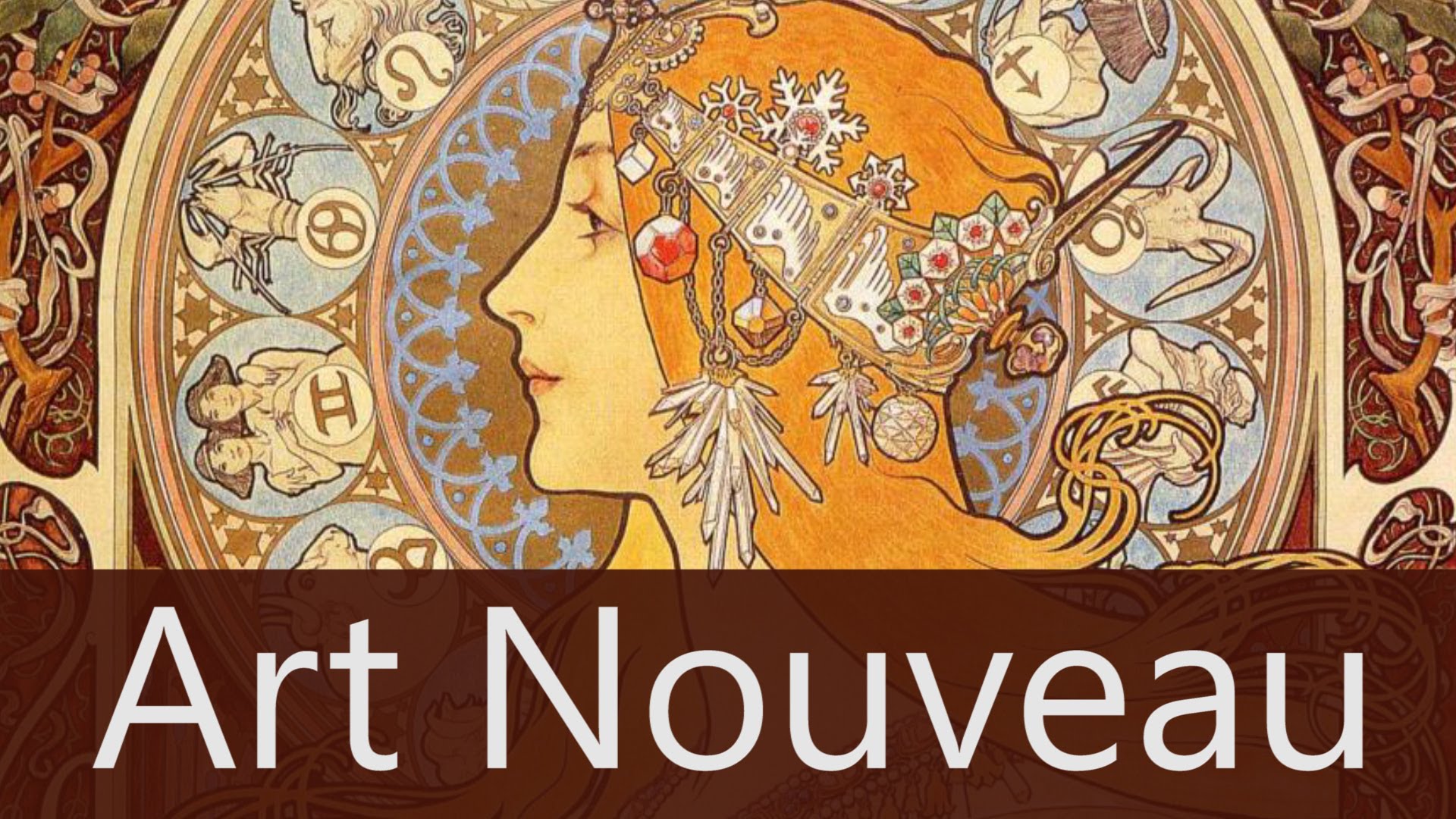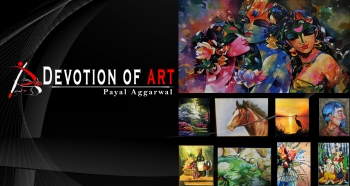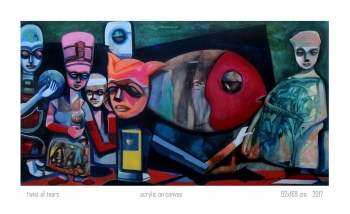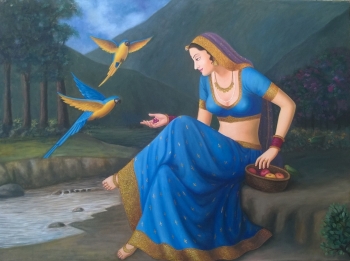
If you are a history lover or have slightest of interest in abstract art and its history, then you must be aware of the fact that it was by the late 1800 that Art took an unequivocally academic turn. It was the time when if an artist wanted to be considered as a serious artist, he had to attend one of the many art academies that had flourished in the recent past. They needed to pursue a disciplined study of line, shape, color, form, texture and other aspects of paintings. Their ultimate goal was producing stunning paintings of idealized figures and scenic landscapes. Amidst all these artists was the league of some who were of the opinion that the concept of turning something as serene as art into academic studies was rubbish. Their reaction to this concept was quite harsh. They were convinced that art was never meant to be studied like theory. For them, one could not become creative by reading or learning about how to draw. They were of the opinion that only some chosen ones are bestowed with creativity. For them art was something that flowed from soul, interwoven with consciousness and decorated life with its beauty and positivity. These rebellious artists who wanted to introduce their own style in the world of art became the innovators of a highly influential art movement, a movement that came to be known as Art Nouveau.
What is Art Nouveau?
Art Nouveau, the art movement which lasted almost 20 years from 1890 to 1910, signifies new art, which like abstract art moved away from depiction of real world subjects and objects on canvas to concentrate on the flow and curves of lines, shapes, and intensity of different hues. Thus, the art created was not only new, but also organic in their creation and decoration. They featured what many call whiplash curves that decorated even the tiniest corner of the canvas.
Prominent Features of Art Nouveau
During the late 18th century and early 19th century, the art world witnessed the amalgamation of east and west. It was the time when the free flowing lines of famous Japanese woodblock prints inspired the western artists so much so that it became an inseparable part of Art Nouveau. Simplicity, soft colors and detailed two-dimensional images became defining features of Art Nouveau design.
The artists who practiced this form of art were influenced and inspired by the Arts and Crafts movement that emphasized on hand made things, craftsmanship and the highly expressive paintings pf post-impressionists.
Common characteristics of Art Nouveau are muted colors like olive green, carnation pink and periwinkle blue; rising and swirling lines as well as natural imagery. Artists relied on illustrations of deep-sea creatures and plants published by biologists as their reference books.
Examples of Art Nouveau
Though, examples of this new art can be found in sculptures and paintings that were created during the late 18th century and early 19th century, but this form of art was not restricted to sculptures and paintings. Architecture, jewelry, household items and even graphics created during the twenty years spanning from 1890 to 1910 bore an essential Art Nouveau touch.
Louis Comfort Tiffany designed glasses. His imagery was taken directly from the natural world. His works fall among prime examples of Art Nouveau. Tiffany’s stained glass lamps and windows are special because unlike typical stained glass, which is created by painting on clear glass, Tiffany used subtly opalescent glass.
Effects of Art Nouveau
The artists who practiced Art Nouveau defied the conventional view that sculptures and paintings were superior craft. This art movement helped place interior designing to next level. Artists were striving for link and connection in décor. They wanted to replace the hodge-podge arrangement of mass-produced items, antiques and classical imitations with carefully made original and harmonized trinkets and furniture.
Of all the art movements that the art world had witnessed, Art Nouveau was the first that gave serious credibility to the graphic arts; especially as an art form. For example, the world famous posters designed by Henri de Toulouse-Lautrec have illustrations and ornamental lettering that actually envisioned that future art would emphasize on graphic design. In addition to posters, Art Nouveau’s graphics transformed book covers and catalogs.
It goes without saying that Art Nouveau had a great run and even though it lasted only 20 years, the art works produced during this period made a lasting impression on the art world.





















